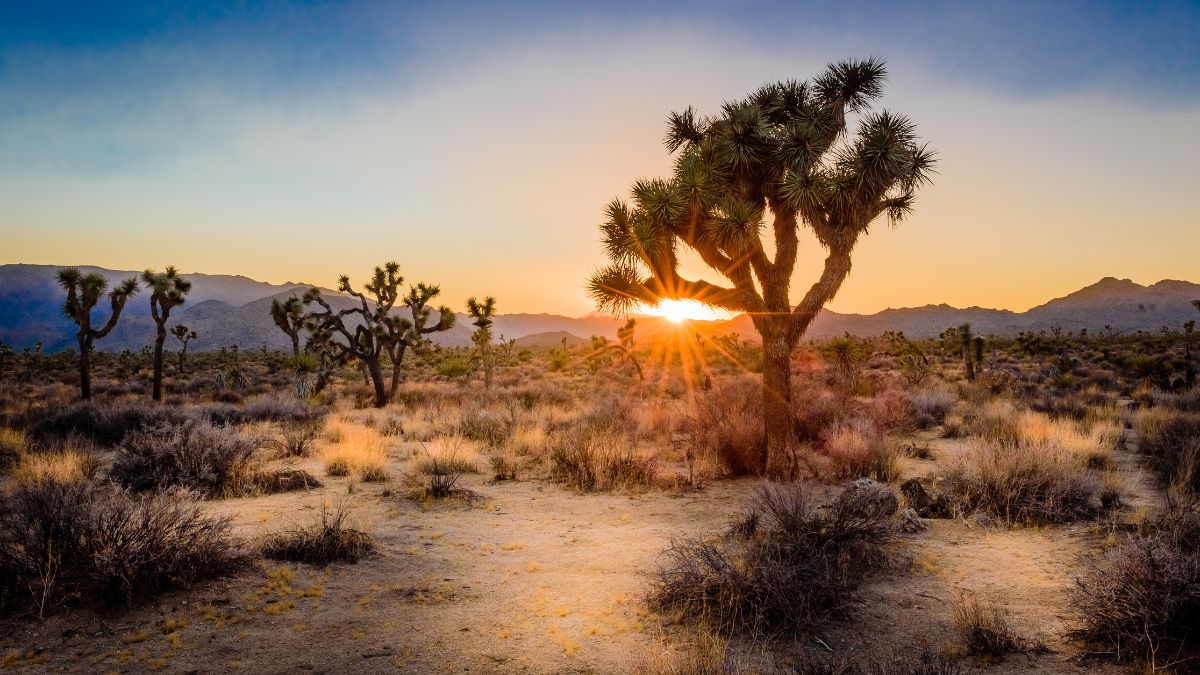No, California as a whole is not considered a desert. While California does have desert regions within its borders, such as the Mojave Desert and portions of the Great Basin Desert, the state as a whole encompasses a wide range of geographical features and climates.
Coastal areas of California, for example, have a Mediterranean climate characterized by mild, wet winters and warm, dry summers. Additionally, California includes mountainous regions, forests, and fertile agricultural valleys. Therefore, while there are desert areas within California, the state as a whole cannot be classified as a desert.
California, often associated with its sunny beaches and lush landscapes, is a state that encompasses a wide range of geographical features. However, when considering the question of whether California is a desert, it is important to explore the various regions within the state and understand the criteria that define a desert.
In this article, we will delve into the diverse climates and landscapes of California, examining the presence of desert regions and shedding light on this intriguing topic.
Defining a Desert
Before determining whether California can be classified as a desert, it is essential to establish what constitutes a desert. Generally, deserts are characterized by their arid conditions, with minimal annual rainfall and low humidity levels.
The primary indicator of desert classification is the amount of precipitation received, typically less than 10 inches per year. Other factors such as temperature, evaporation rates, and plant and animal life also play a role in desert environments.
California’s Climate Diversity
One of the remarkable aspects of California is its climate diversity. The state is known for its Mediterranean climate, which prevails along the coastal regions. This climate is characterized by mild, wet winters and warm, dry summers. However, as one ventures further inland, the climate transitions to become more continental and arid.
Desert of California
California, the westernmost state of the United States, is renowned for its stunning natural beauty and diverse geography. Amidst its coastal splendor and lush landscapes, California is also home to several remarkable desert regions.
These arid environments showcase unique characteristics and offer a glimpse into the stark beauty of desert ecosystems. Here is a brief introduction of the deserts of California highlighting their distinct features and contributions to the state’s rich ecological tapestry.
- Mojave Desert
The Mojave Desert is a prominent desert region in California. Situated in the southern part of the state, it covers significant portions of San Bernardino, Riverside, and Kern counties. With an area of approximately 25,000 square miles, the Mojave Desert is known for its hot, dry summers and cooler winters.
It receives an average annual rainfall of less than 6 inches, meeting the criteria for desert classification. The landscape is characterized by vast stretches of barren land, punctuated by iconic Joshua trees and unique rock formations.
- Colorado Desert
Located in the southeastern part of California, the Colorado Desert is another desert region within the state. It extends into neighboring Arizona and Mexico. The Colorado Desert is part of the larger Sonoran Desert and is known for its extreme temperatures, with summer highs often surpassing 120 degrees Fahrenheit.
This desert receives less than 3 inches of rainfall per year, making it a desert by definition. The region’s distinct features include the Salton Sea, an inland saline lake, and the Anza-Borrego Desert State Park, renowned for its diverse plant and animal life.
- High Desert
California’s High Desert refers to the desert areas in the northern part of the state, primarily encompassing parts of Inyo, Mono, and Kern counties. This region is characterized by its high elevation, reaching up to 4,000 feet above sea level.
The High Desert experiences a more temperate desert climate, with relatively cooler summers and colder winters compared to the Mojave Desert. It receives around 6-10 inches of precipitation per year, bordering on the lower limits of desert classification.
- Great Basin Desert
While the Great Basin Desert primarily extends into Nevada and neighboring states, it does overlap with parts of eastern California. The Great Basin Desert is a unique desert ecosystem characterized by its closed drainage basin and diverse topography.
It features mountain ranges, valleys, and salt flats, rather than vast sand dunes. The climate of the Great Basin Desert is marked by low precipitation, often less than 10 inches annually, and significant temperature fluctuations between day and night. The presence of the Great Basin Desert in California further adds to the state’s desert regions.
Conclusion
While California boasts a range of climates and landscapes, it is home to notable desert regions such as the Mojave Desert, the Colorado Desert, and the High Desert. These areas meet the criteria for desert classification, characterized by low annual rainfall and arid conditions.
However, it is important to recognize that California’s identity as a state goes beyond its desert regions. The coastal regions, with their Mediterranean climate and lush vegetation, contribute to the state’s overall biodiversity and ecological significance.
Thus, while California can be considered a desert in certain areas, it is a state of diverse climates and landscapes, each with its unique charm and significance.
